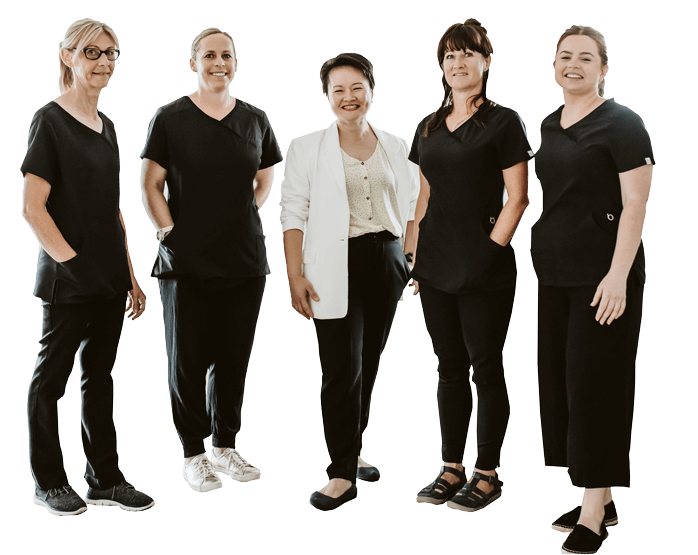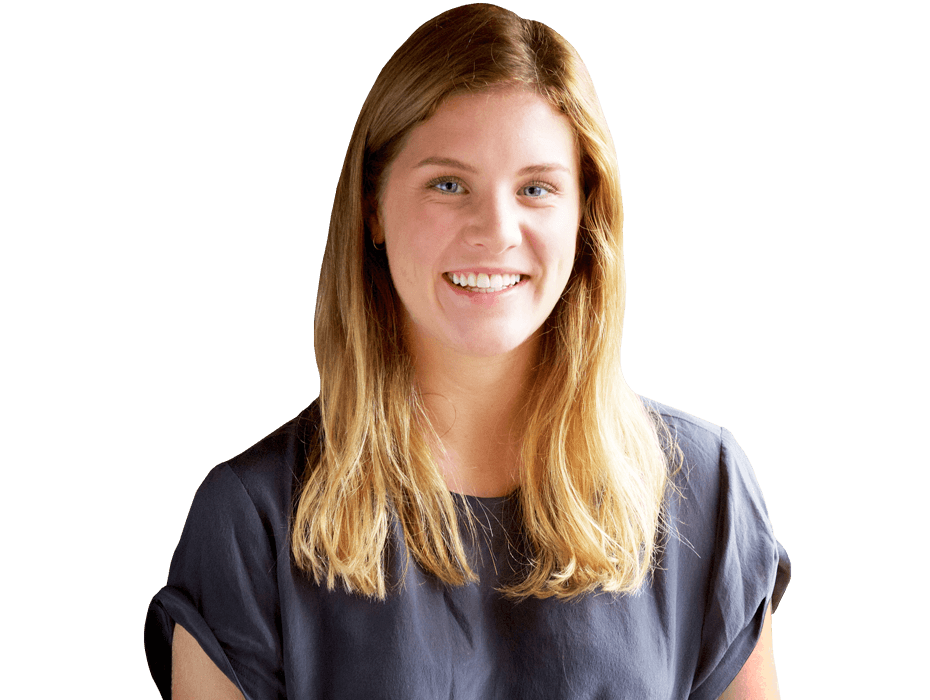Still have questions?
Contact our helpful staff over the phone, or set up a consultation with us so we can answer your questions in person!
Check out these answers to commonly asked questions to learn more about our practice - and the world of orthodontics!
Orthodontics is a specialised branch of dentistry concerned with the diagnosis and management of irregularities and abnormalities of the teeth, jaws and face. The technical term for these problems is "malocclusion", which means "bad bite".
The aim of orthodontics is to produce a healthy, functional bite - which not only improves appearance but also resistance to disease. This contributes to both mental and physical well-being.
Some potential benefits of orthodontic treatment include:
Treatment costs vary greatly depending on the severity of the problem(s) and the length of treatment. An estimated treatment cost can normally be provided to you at the time of the initial consultation. The initial consultation with Dr Betty costs $100. You can also opt for a free Invisalign® assessment with our Treatment Coordinator.
As a general guide, a typical course of treatment with full braces can cost from $6,000 to $10,000. We will always make sure you agree to the cost of treatment before we begin.
To help with the cost of treatment, we offer monthly payment plans up to 30 months in length. We will ask for an initial deposit at the time your orthodontic appliance is fitted, and the balance will be split up into monthly or weekly.
If you prefer to pay for the whole treatment up front, we will give you a paid-in-full discount.
Braces shouldn’t be painful, but after adjustments and your initial fitting, you are likely to feel some discomfort. This soreness should ease after a few days, and can be managed with over-the-counter pain relief.
It takes five years of university training to become a dentist. A small part of this training involves Orthodontics, but the majority concentrates on other facets of dentistry.
To become an Orthodontist, a dentist must be accepted to undertake a further full-time university-based education in an accredited orthodontic program supervised by suitably qualified Orthodontists. That training lasts at least three academic years in New Zealand and Australia.
Orthodontists don't do fillings, drilling, tooth whitening or extractions. As most orthodontic problems are quite complicated, we specialise in creating individualized treatment plans and completing the treatment appropriately. We aim to provide our patients the highest quality treatment possible.
Most malocclusions are inherited, but some are acquired. Inherited problems include crowding of teeth, too much space between teeth, extra or missing teeth, and a wide variety of other irregularities of the jaws, teeth and face.
Acquired malocclusions can be caused by trauma (accidents), thumb or pacifier sucking, airway obstruction by tonsils and adenoids, dental disease or premature loss of primary (baby) or permanent teeth.
Whether inherited or acquired, many of these problems affect not only the alignment of the teeth, but also facial development and oral health.
Anyone concerned about the appearance and function of their teeth and jaws! As long as you still have good oral health, you are never too old to achieve a straighter smile. Orthodontic treatment is often undertaken in the early teenage years when growth is most rapid.
We can typically start treatment once a child has lost all their baby teeth, however, some limited interceptive treatment can start in patients as young as 7 years old.
Treatment time varies, depending on the type and severity of your malocclusions. The average treatment time with braces is around 18-24 months.
We will do a thorough assessment of your smile to determine whether you need extractions. They usually are not needed, but there are some cases when removing teeth could benefit you or your child’s overall oral health.
No! We take tooth extraction very seriously and will only remove teeth if we have carefully considered other options first and believe it is the best course of action.
Removable appliances are plates used to correct the position of one or a few teeth as opposed to your full smile. This can also refer to the retaining plates worn at the end of treatment.
Fixed appliances are braces! Brackets are fixed to the teeth with a wire running through them to allow us to adjust the movement of your teeth through gentle pressure.
Functional appliances use the muscle action of the patient’s face to correct their bite and modify growth. They are only used in growing patients.
After you complete your orthodontic treatment, it is vital that the teeth are kept in their new position. The use of retainers after braces or aligners is called the ‘retention stage’ of treatment.
Retention can be achieved with the use of an upper removable plate, and a fixed wire bonded behind the lower front teeth. You will need to wear the plate day and night for the first 6 months, and then only at night for 1-1.5 years after that. Betty will monitor your retention for 1 year after your braces have been removed.
We know time is precious and with the modern technology of dental monitoring (Dr Betty on the go), Dr Betty can view your teeth and treatment progress online! When Dr Betty determines an in clinic adjustment is needed with your appliance or treatment plan, we will let you know when to come in. With this modern technology, you continue to do best at what you do because there is minimal interruption to your lifestyle / study / work / family time.
Contact our helpful staff over the phone, or set up a consultation with us so we can answer your questions in person!

